The Detroit Lions looked different and practiced different in Matt Patricia's first offseason as head coach.
The volume was different, too.
Those were the most obvious things we learned in the offseason program. Change was coming, and it arrived as expected.
Patricia was more vocal than his predecessor, Jim Caldwell, and the practice tempo was faster, with less down time. Patricia even had the players run after practice.
Running sprints used to be a staple in the relatively old days of the NFL. It sparked some bizarre commentary on the World Weird Web, but also revived a memory of Barry Sanders that is shared at the end of this column.
Overall, what we learned as the Lions take a break until training camp opens on July 27 comes from a few clues in the evidence trail. There's nothing that would lead Hercule Poirot to lock up the villain in an Agatha Christie novel.
One key clue: We discovered who lines up where on the offensive line.
Another: How the defensive linemen looked in their stance.
Among the others – a leader at tight end is still to come, Kenny Golladay can fill a numbers gap, competition for the job of backup quarterback and the roster shuffle is ongoing.
Before delivering a verdict, it's wise to weigh a comment from quarterback Matthew Stafford.
"There's no end in sight," he said at the end of minicamp. "We're trying to figure out who fits where. Just call plays and line up and run them.
"We're by no means a perfect, finished product."
On guard, Frank Ragnow: What we learned about where this year's first-round draft pick will line up on the offensive line is from what we saw. All signs point to Ragnow playing left guard. He was a center his last two years at Arkansas, but played tackle in high school and right guard his first year as a full-time starter in college.
The coaching staff would not have devoted the entire offseason workout program to working Ragnow at guard if it intended to play him at center.
If Ragnow was an obvious flop at left guard, or if there was a better combination on the interior of the offensive line – Ragnow at center and Graham Glasgow at left guard, for example – we would have seen it. And we didn't.
Case closed on this one – for now.
Tight end committee: None of the tight ends on the 90-player roster took command as a candidate to play in all situations – receiver, blocker, red-zone threat.
That may shake out in training camp and the preseason – or through adding a player via waivers, trade or a free agent – but coming out of the offseason program it's still a position in development.
Golladay-Ebron equation: How is a second-year wide receiver connected to a tight end who departed as a free agent?
View the best photos of the offense from the final week of 2018 Detroit Lions OTAs.
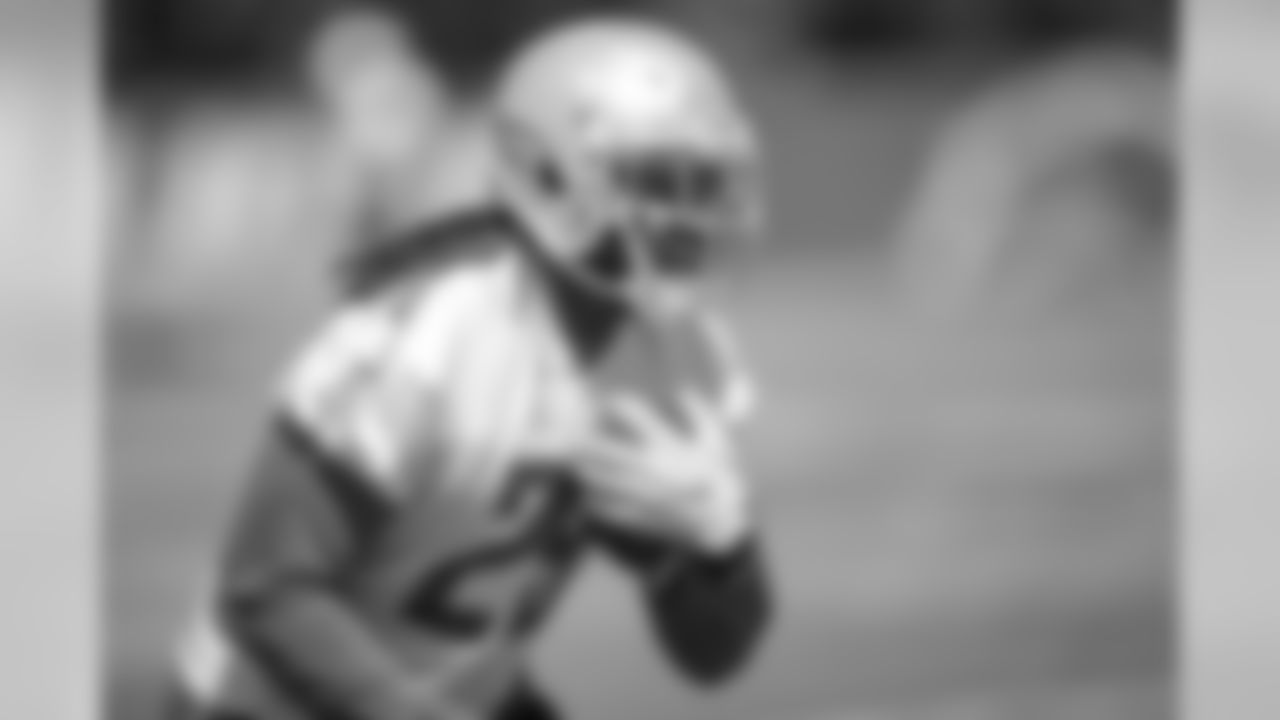



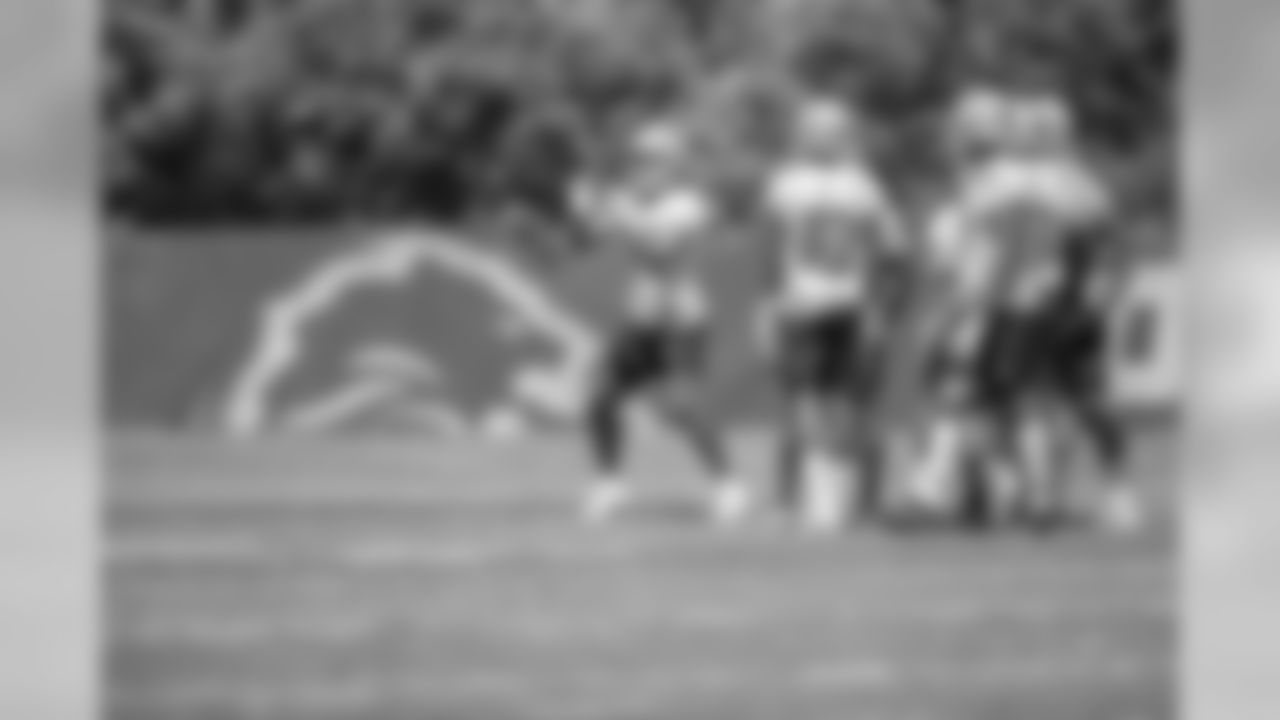
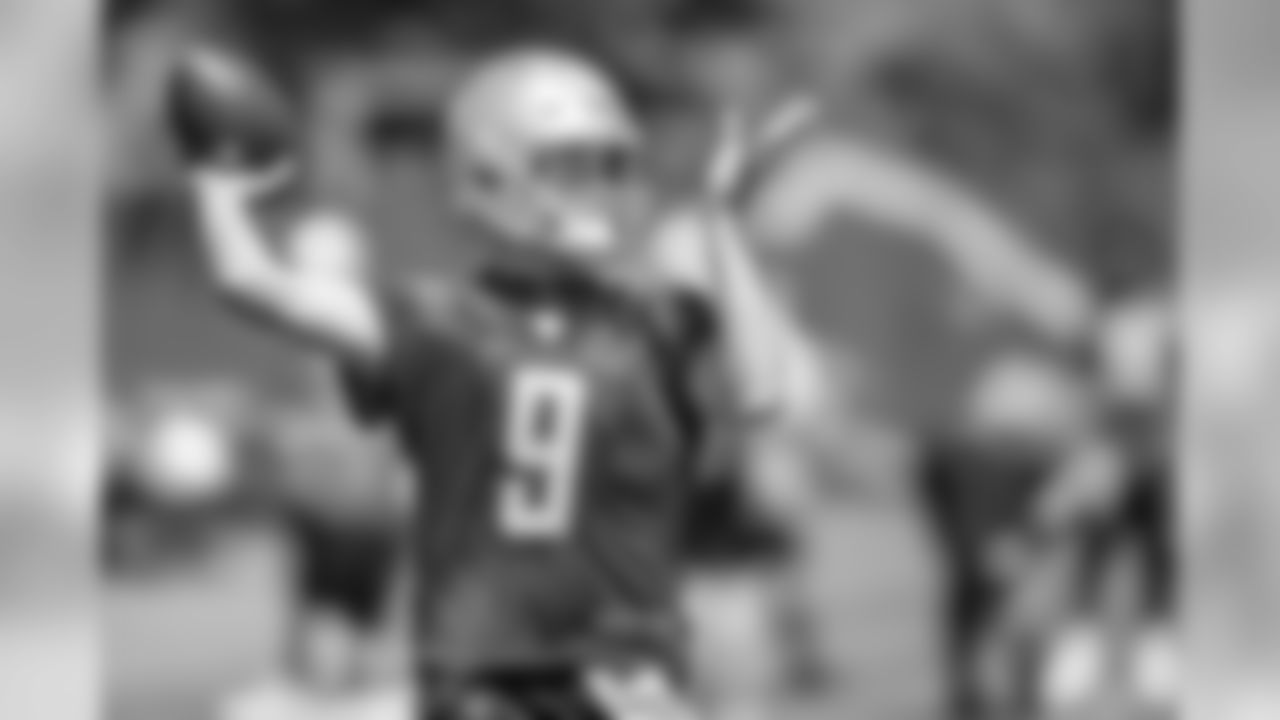


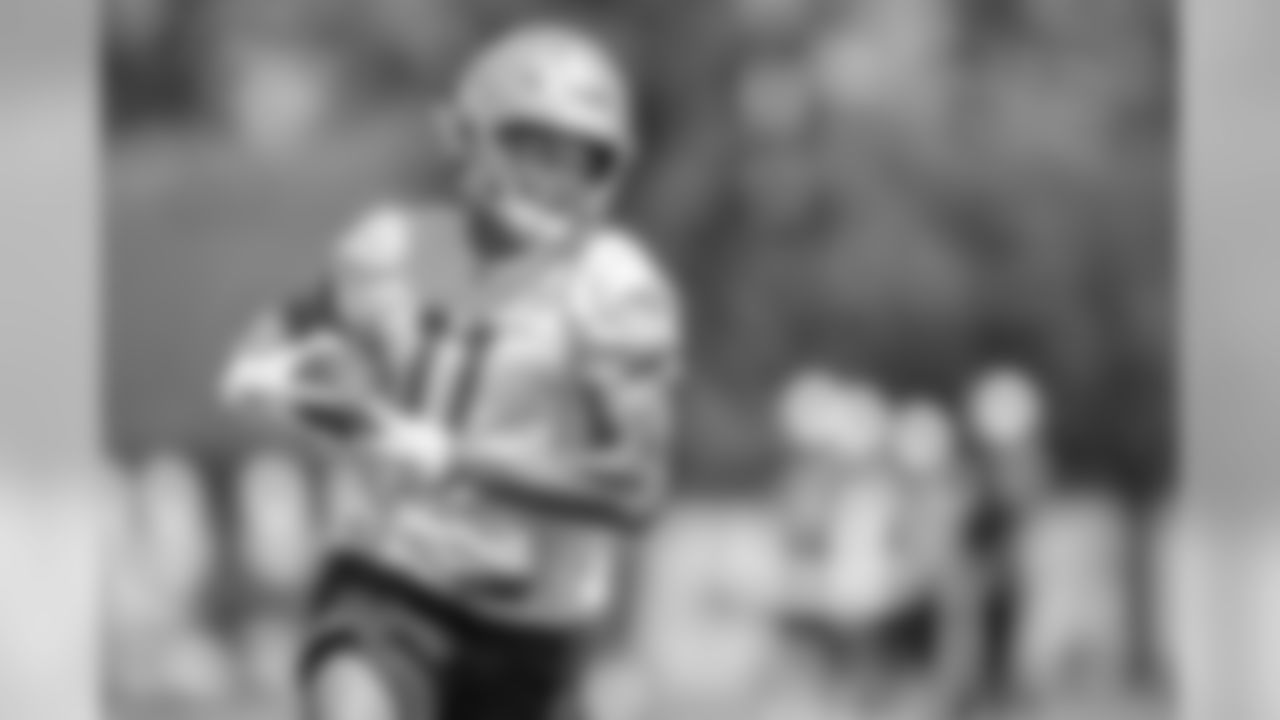




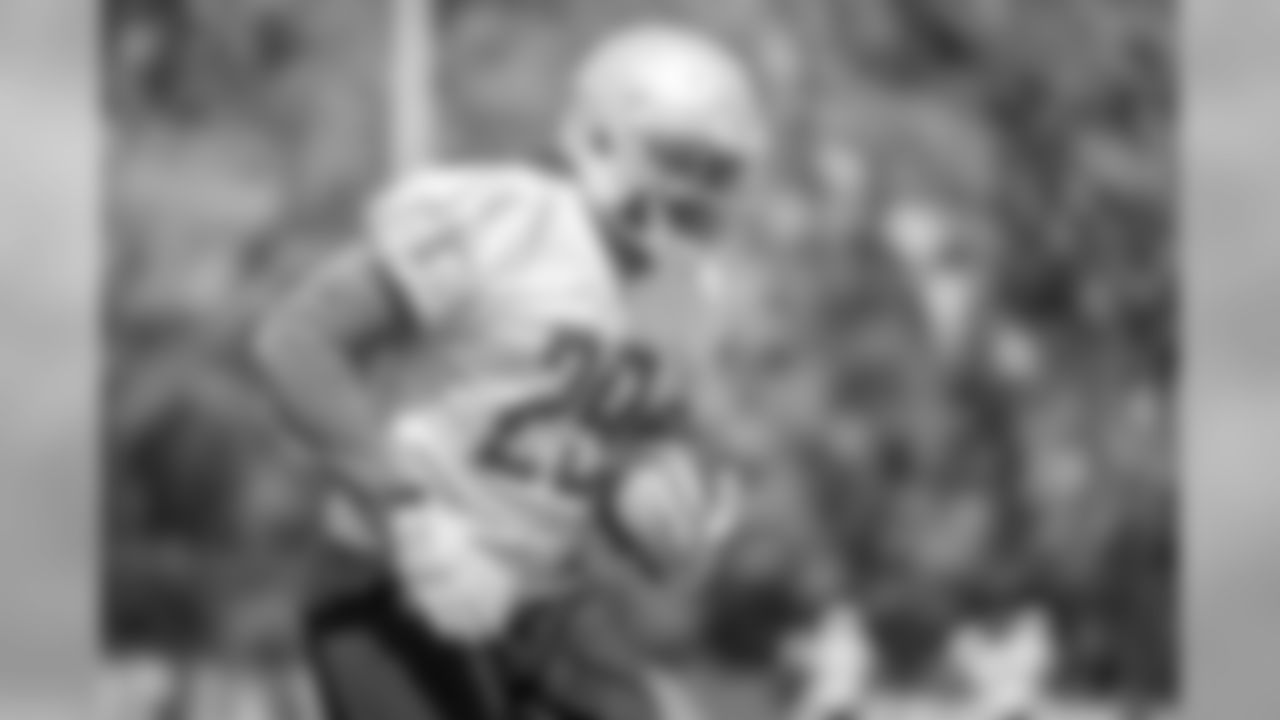

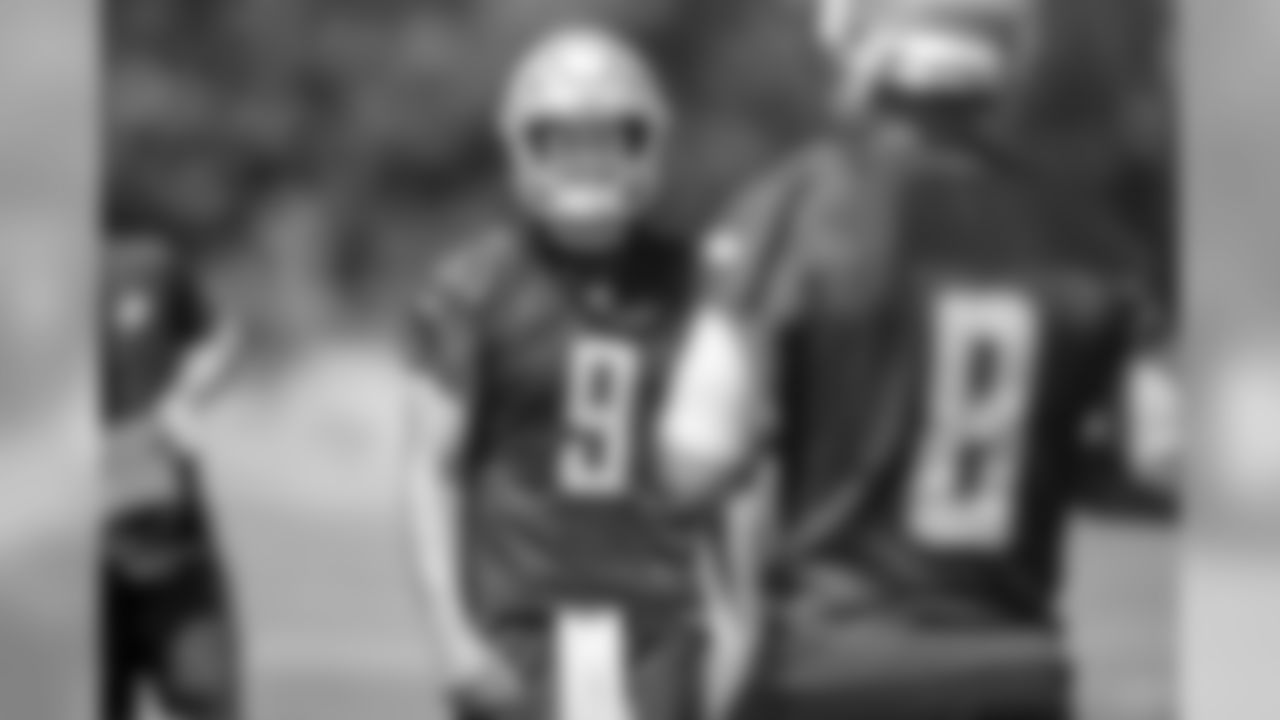

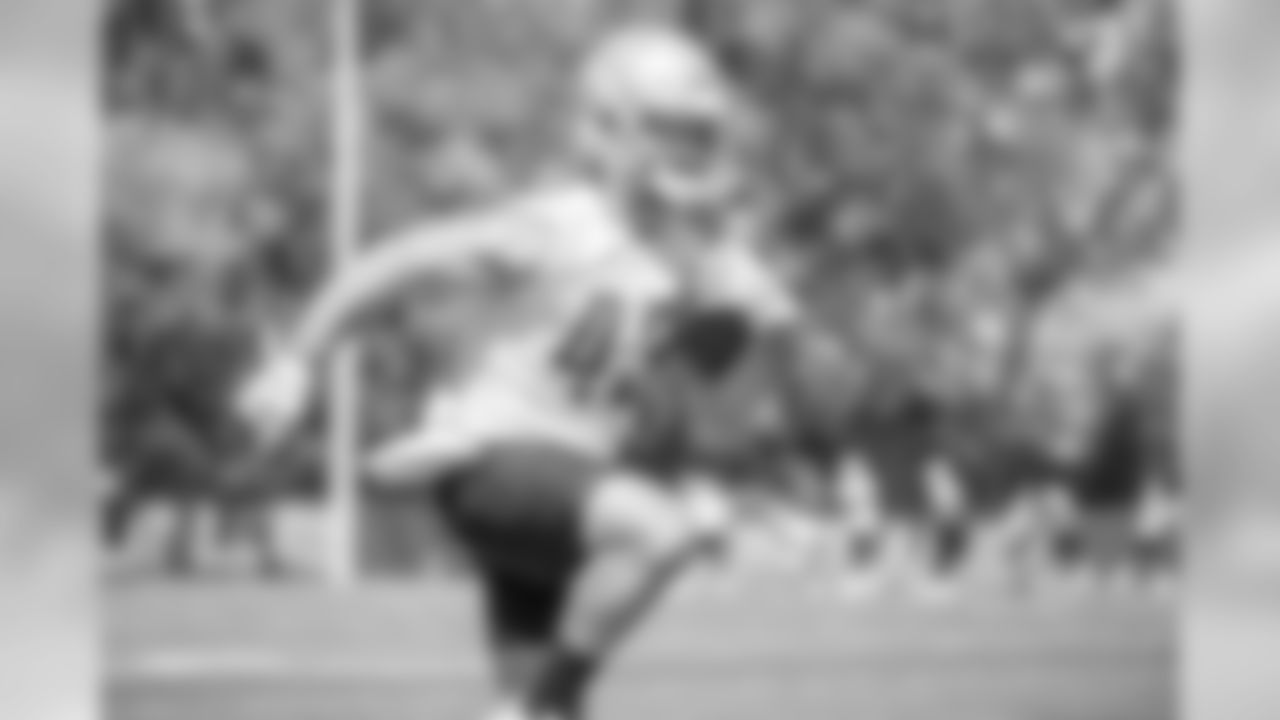
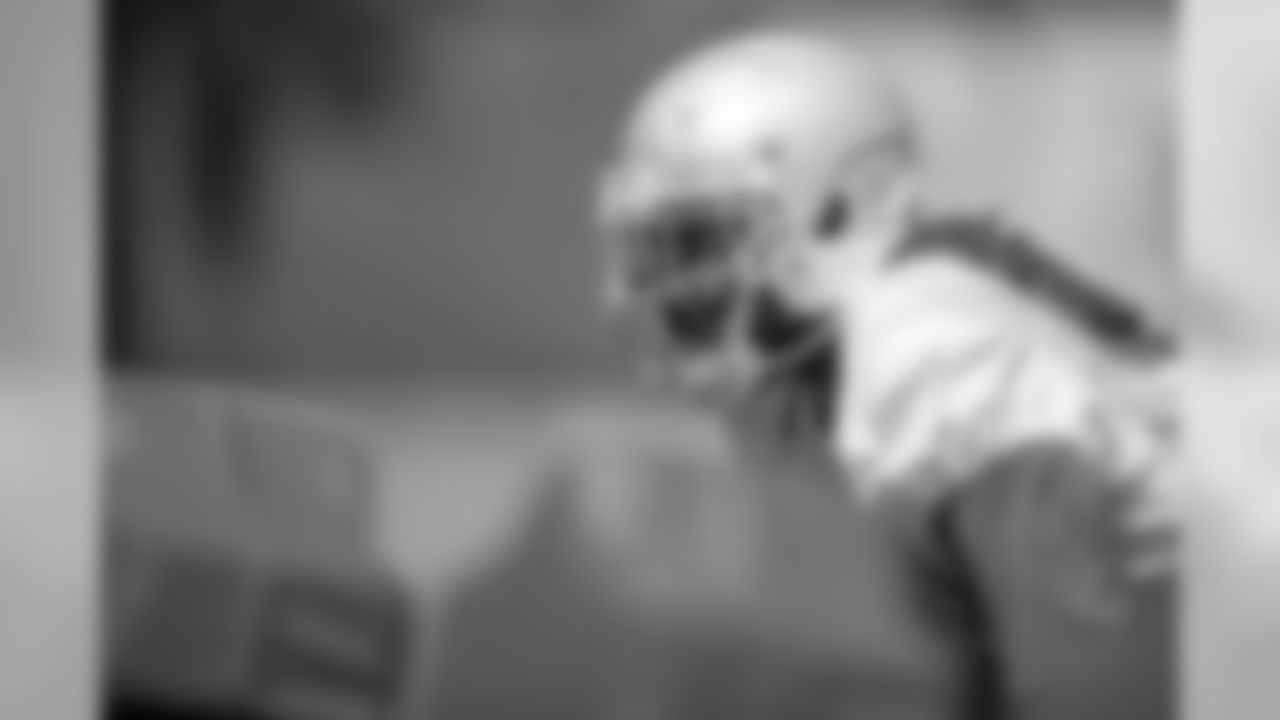

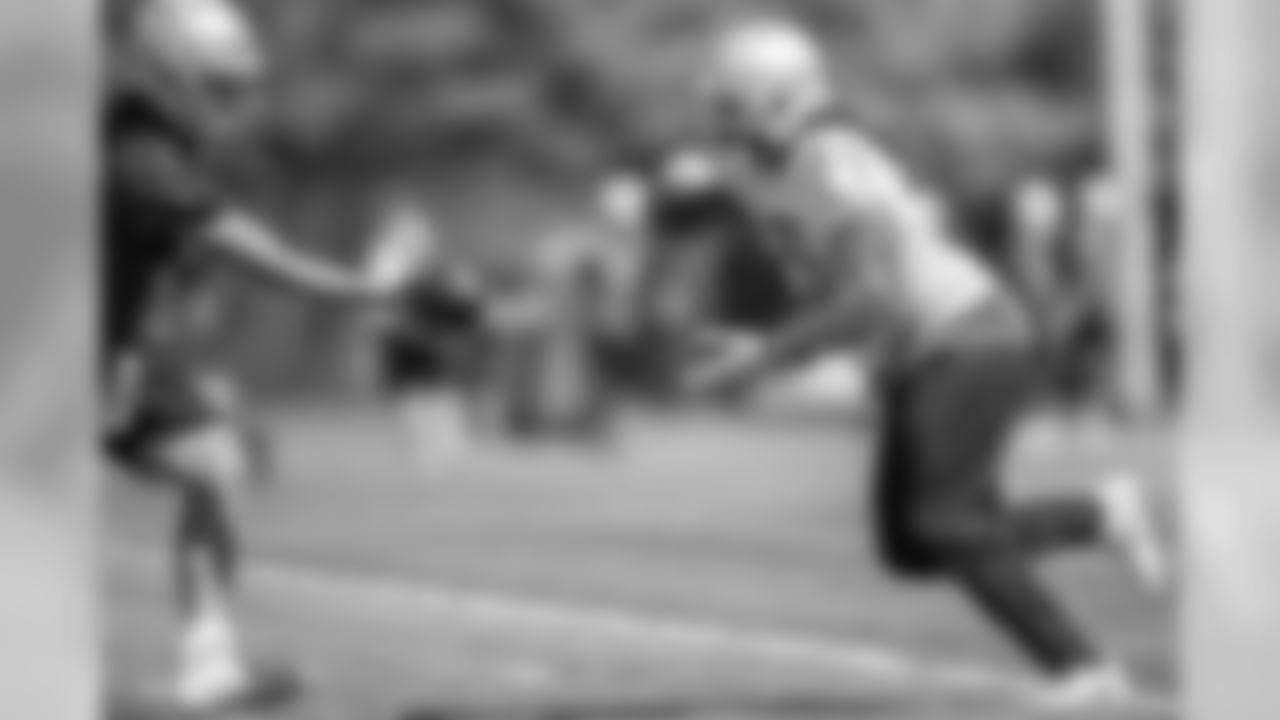
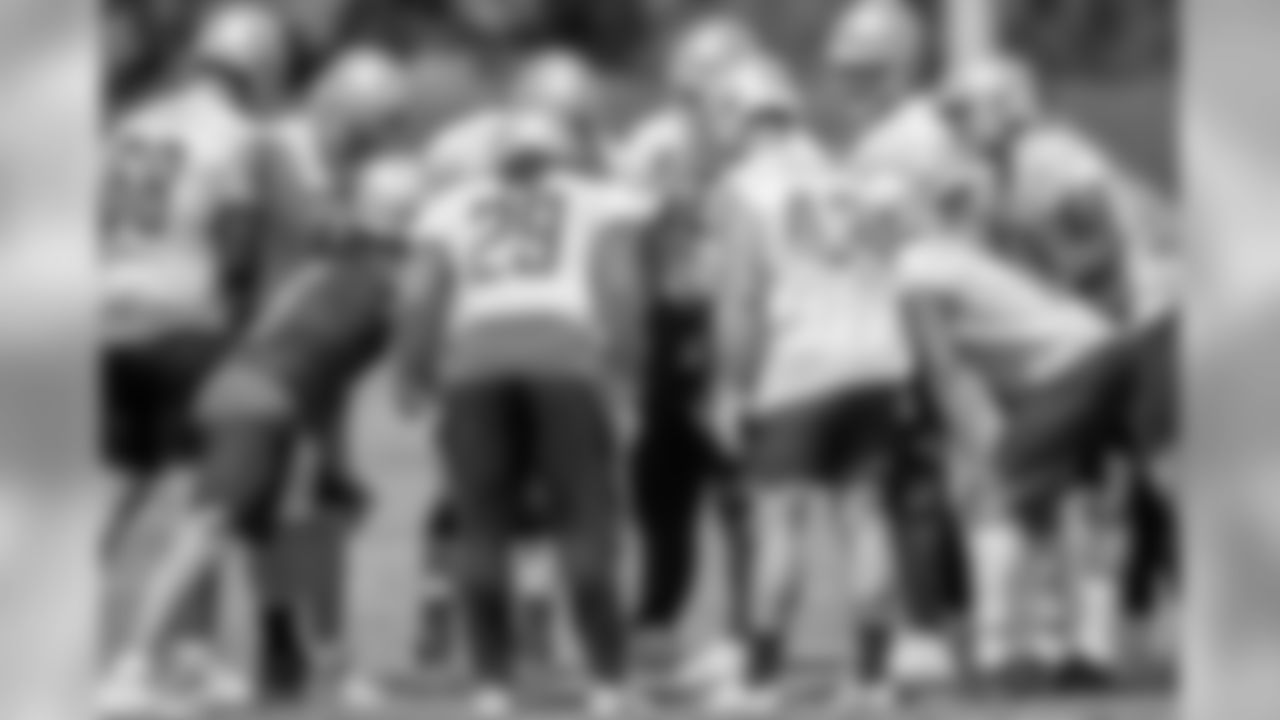
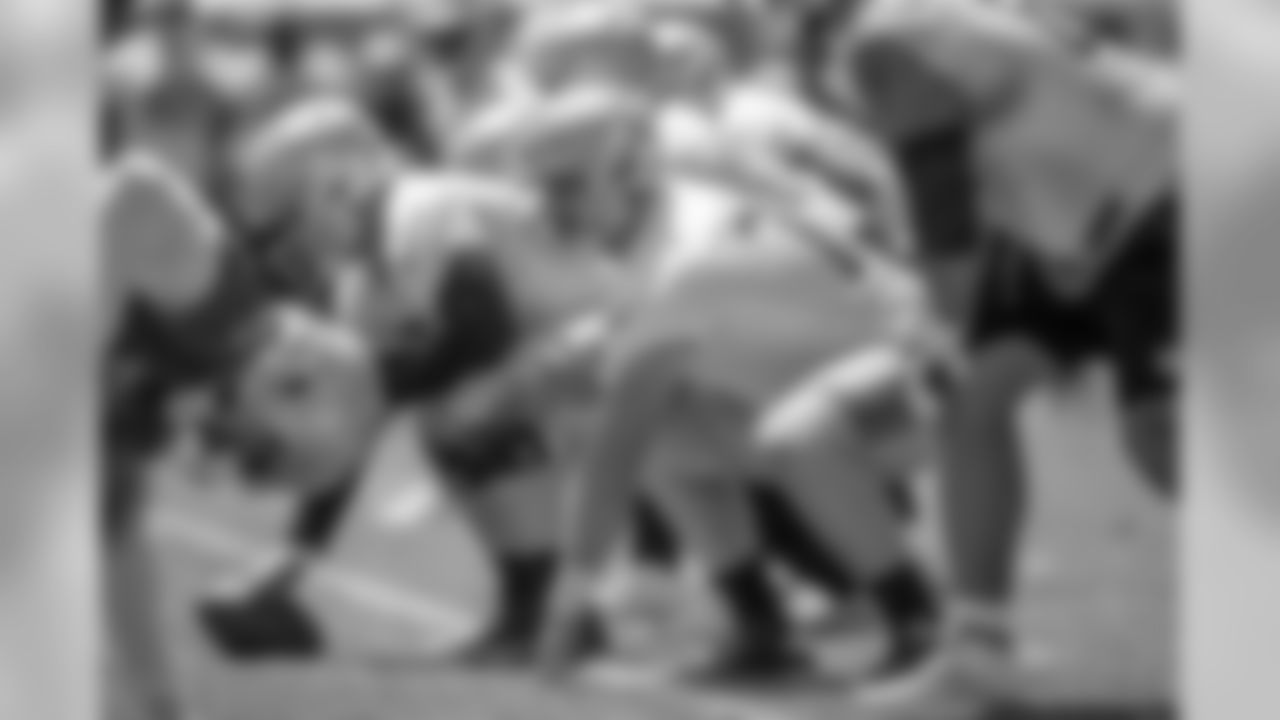

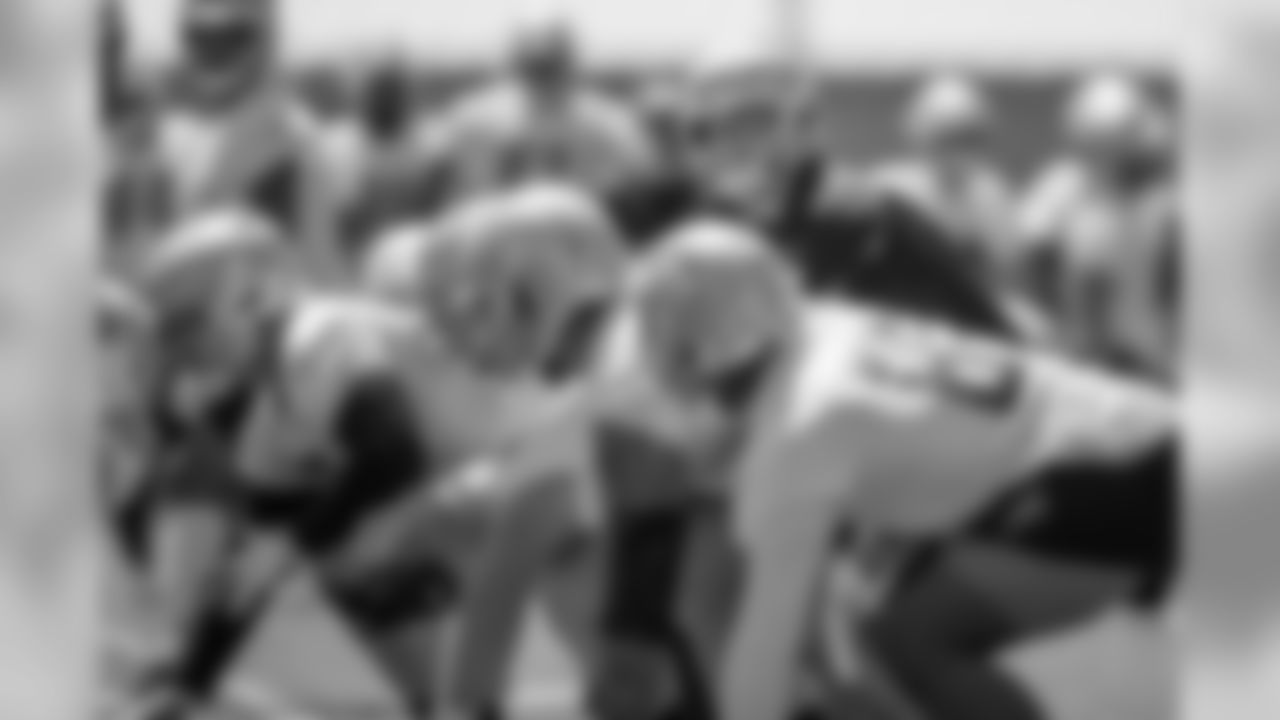

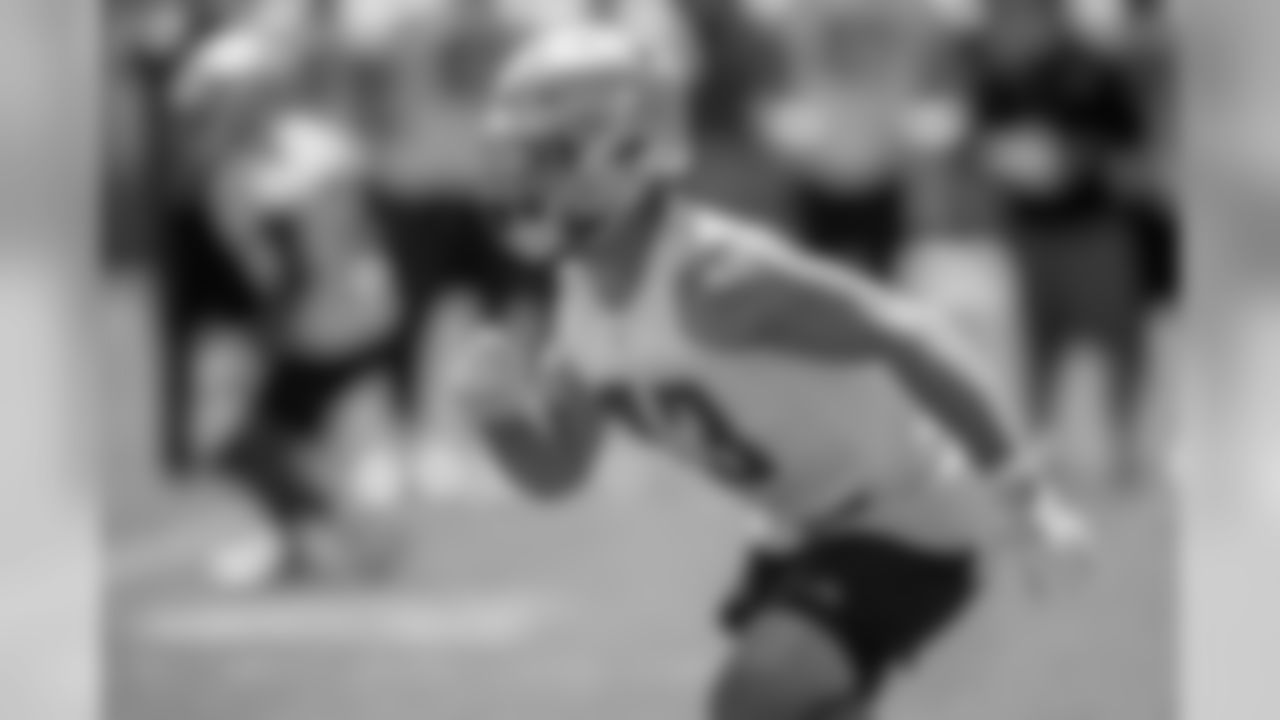

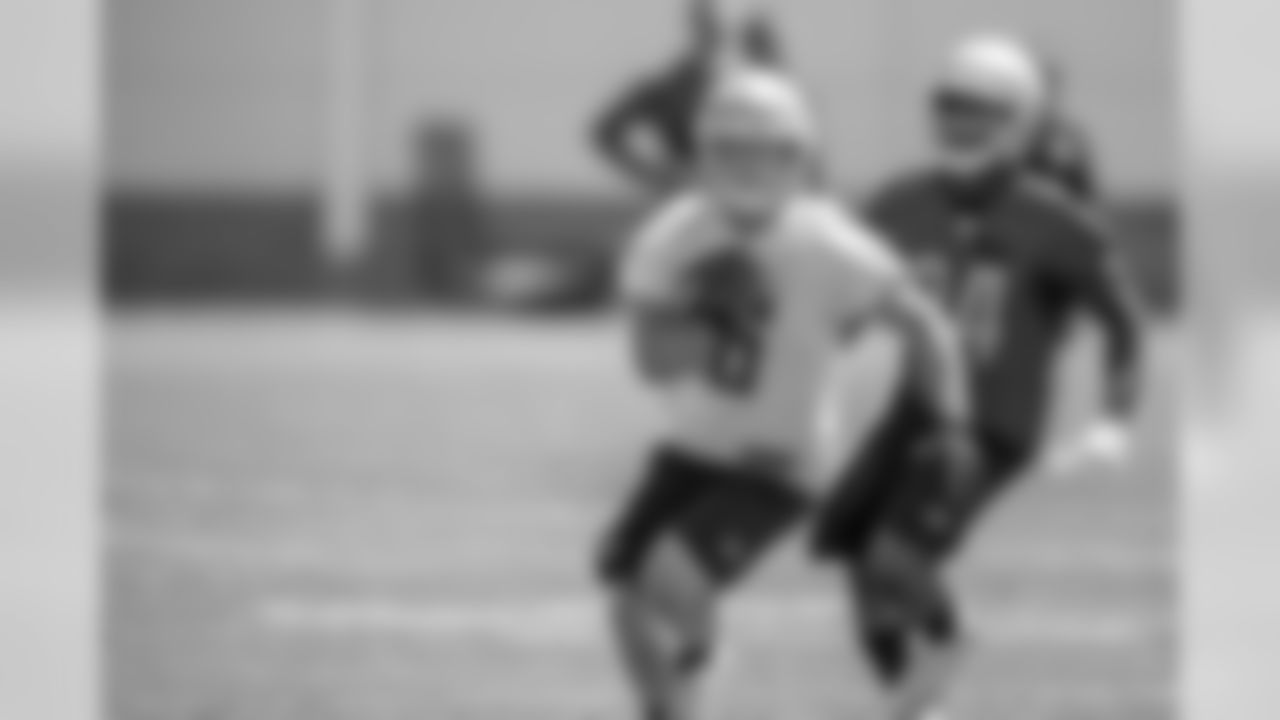
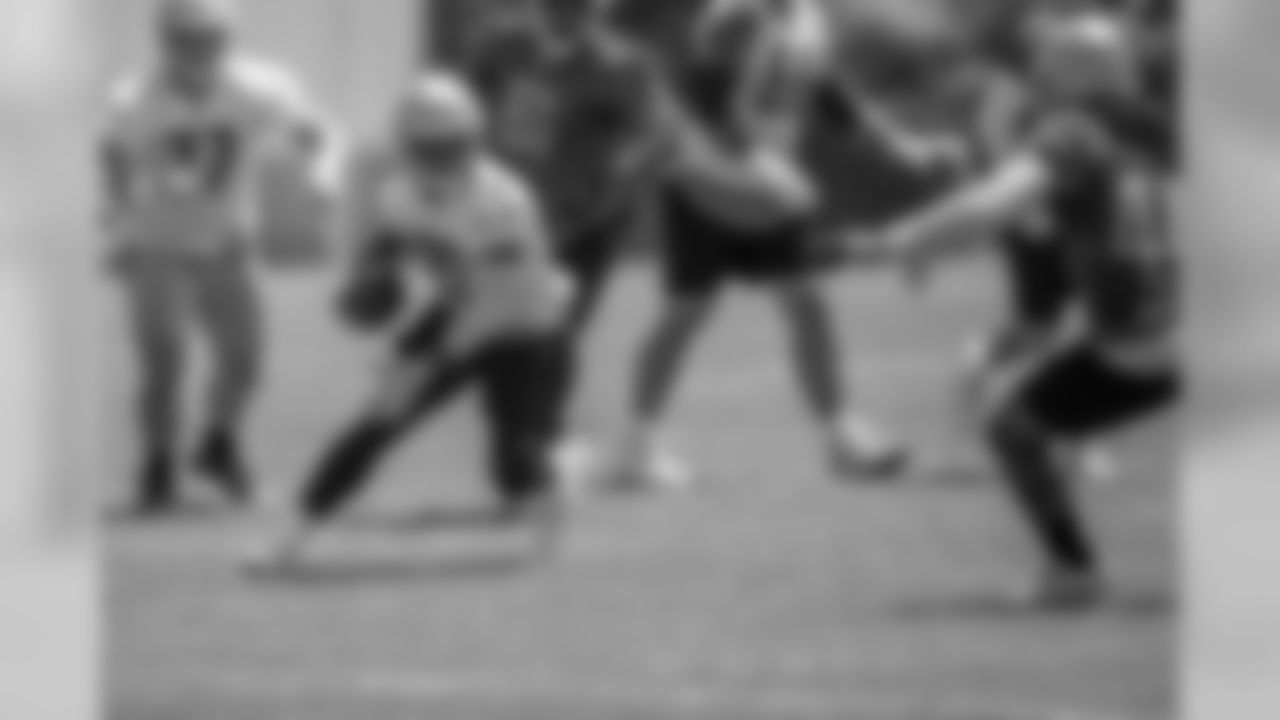
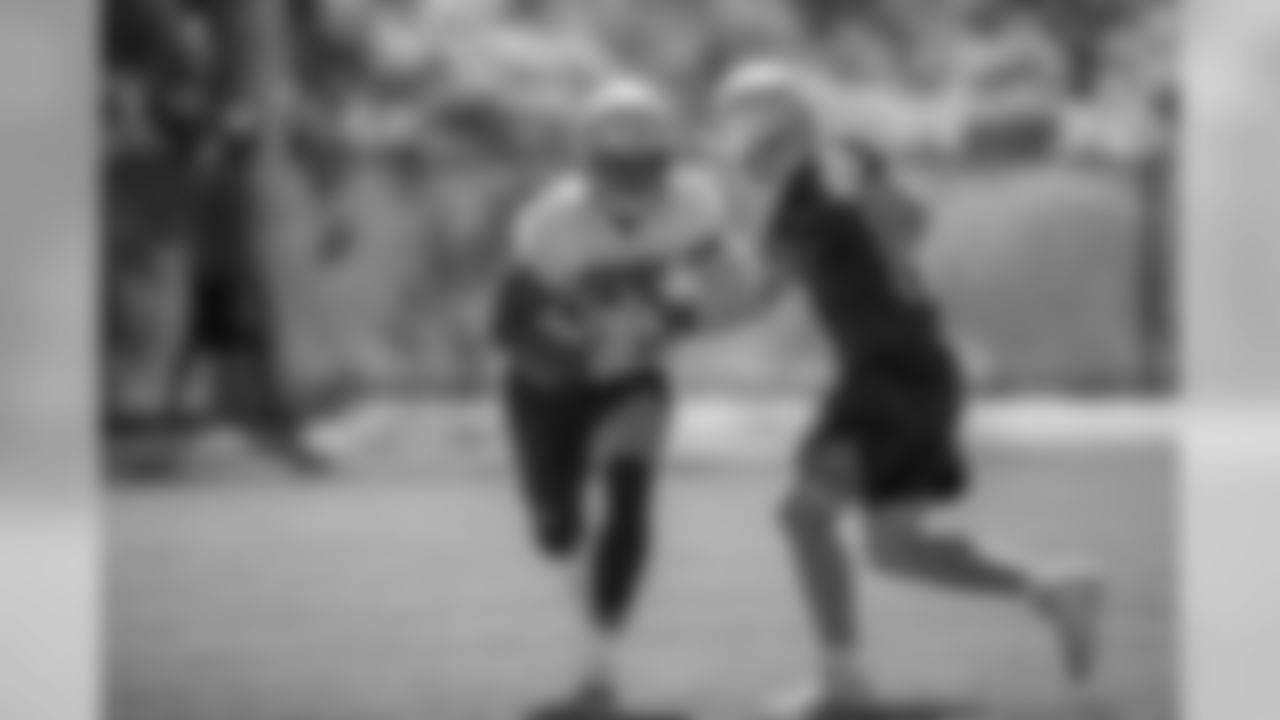
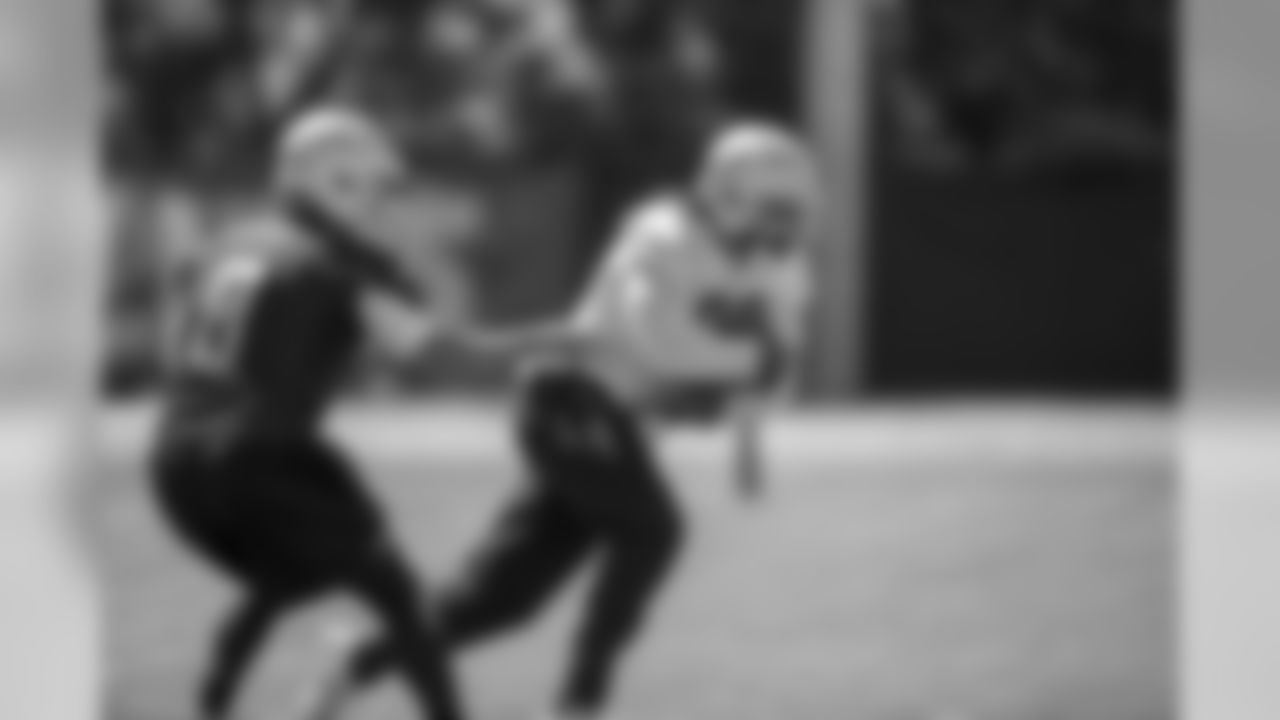
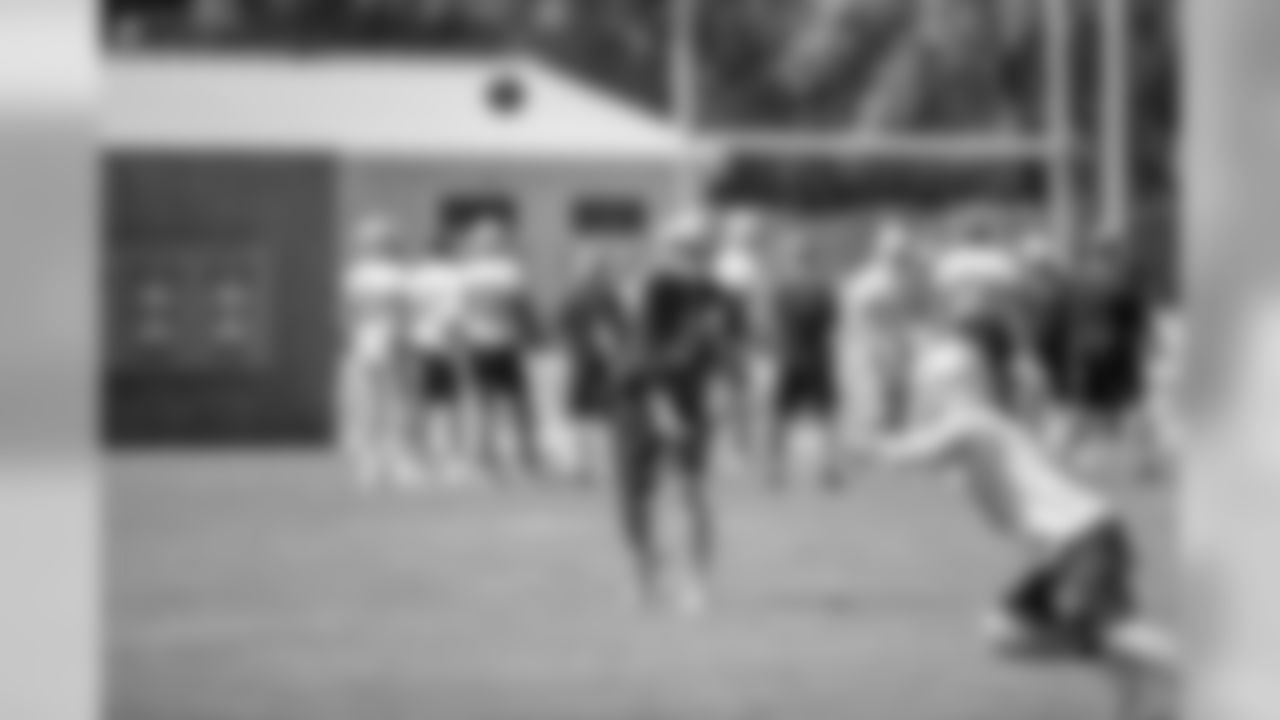

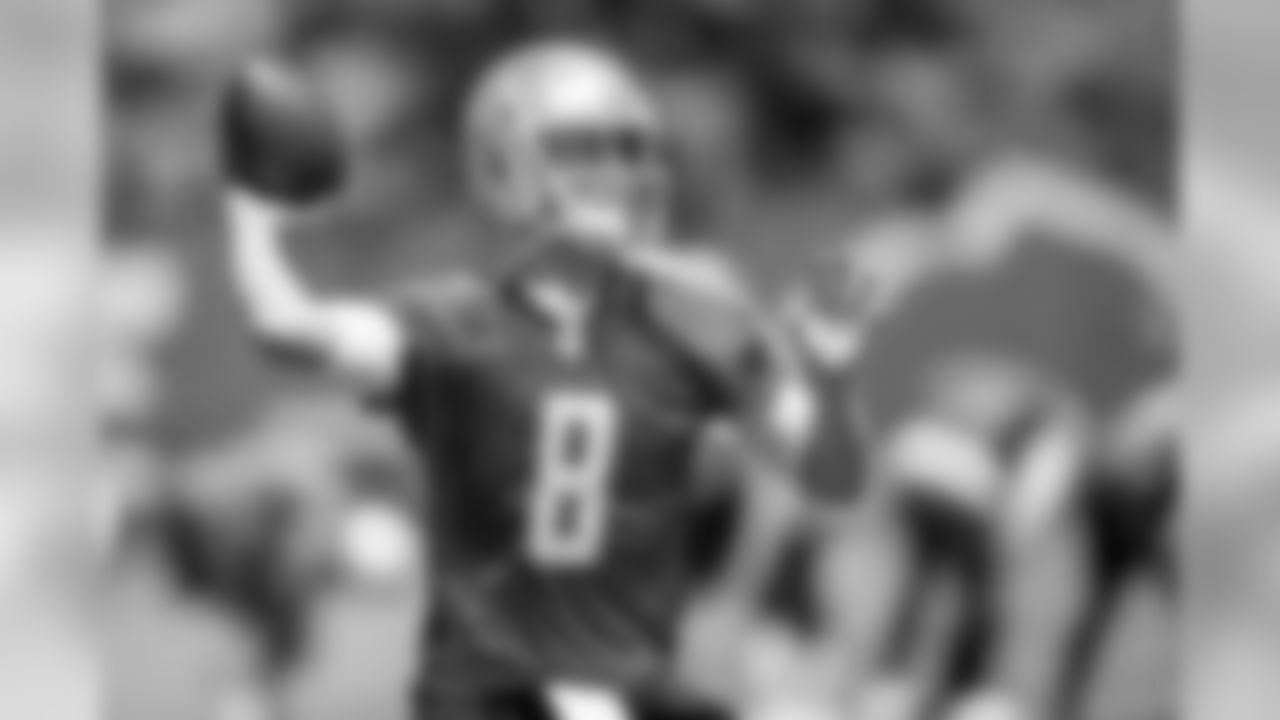
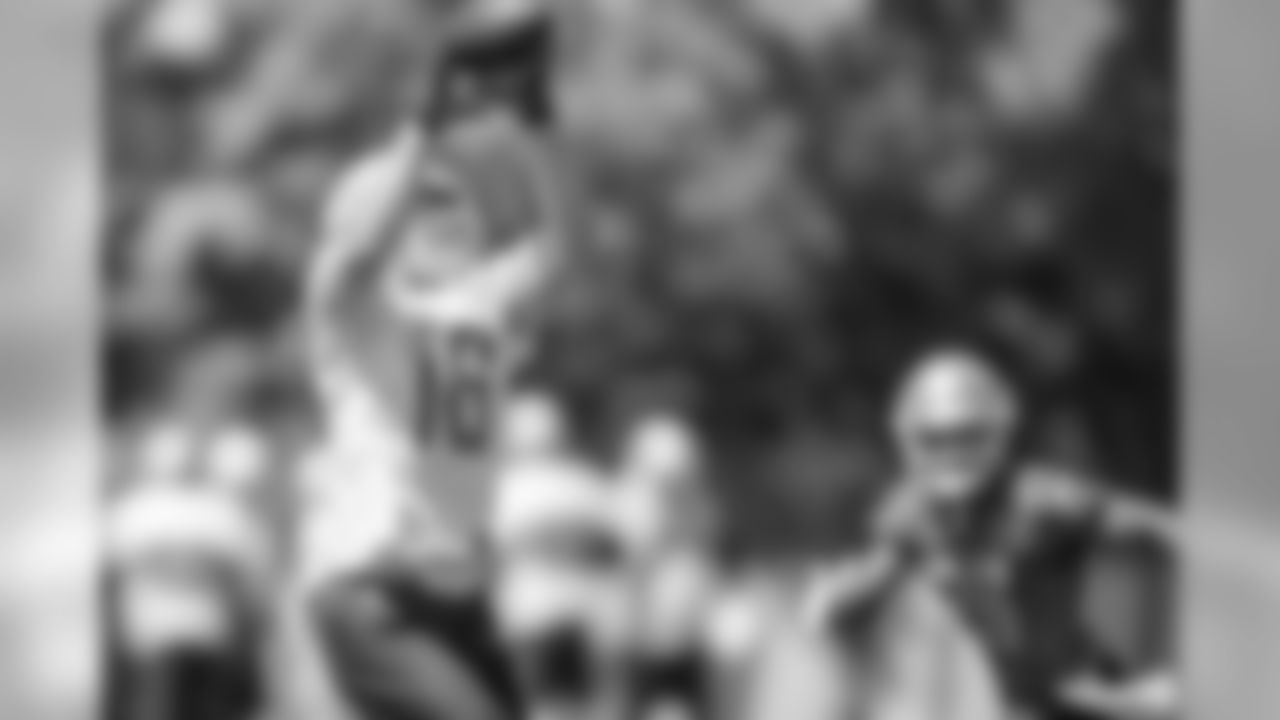
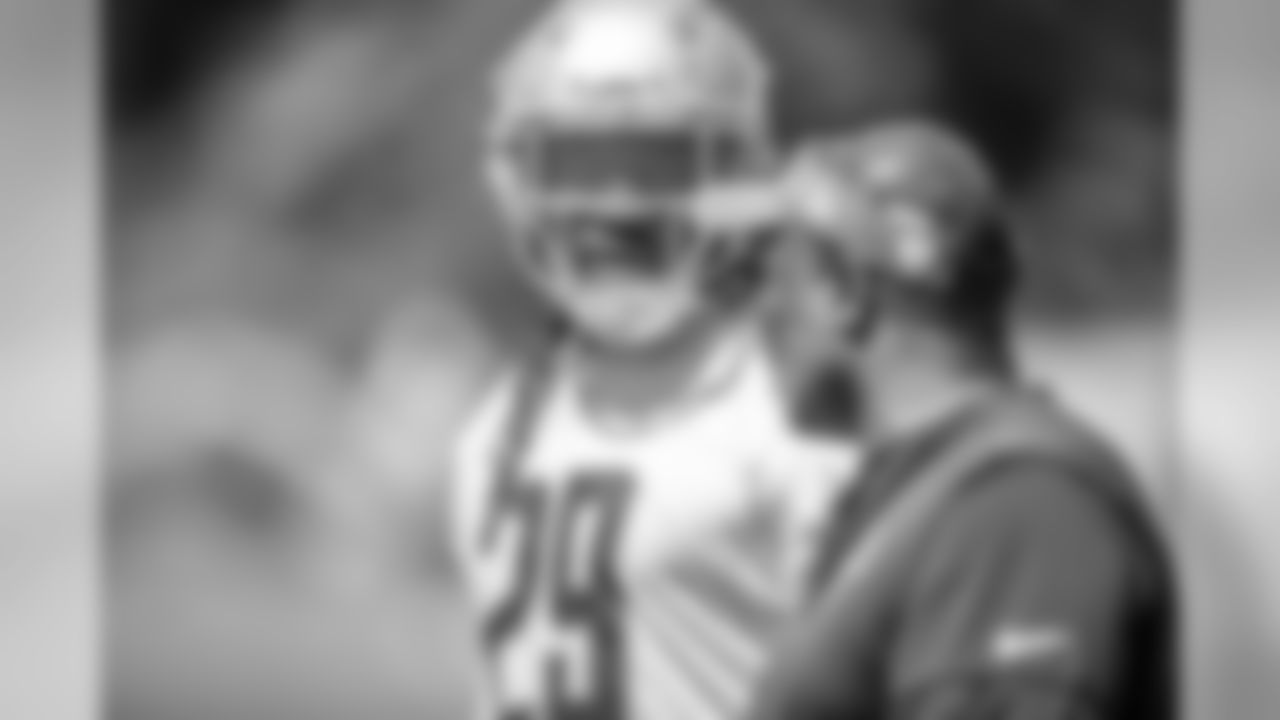
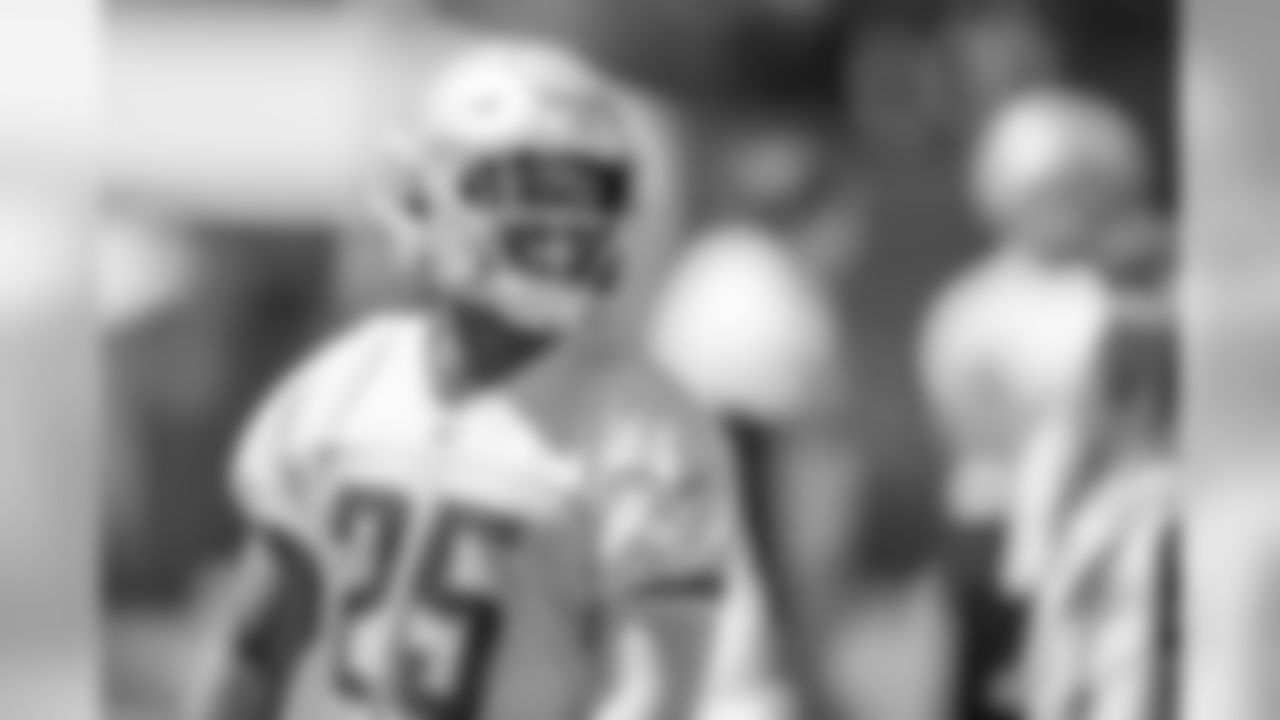
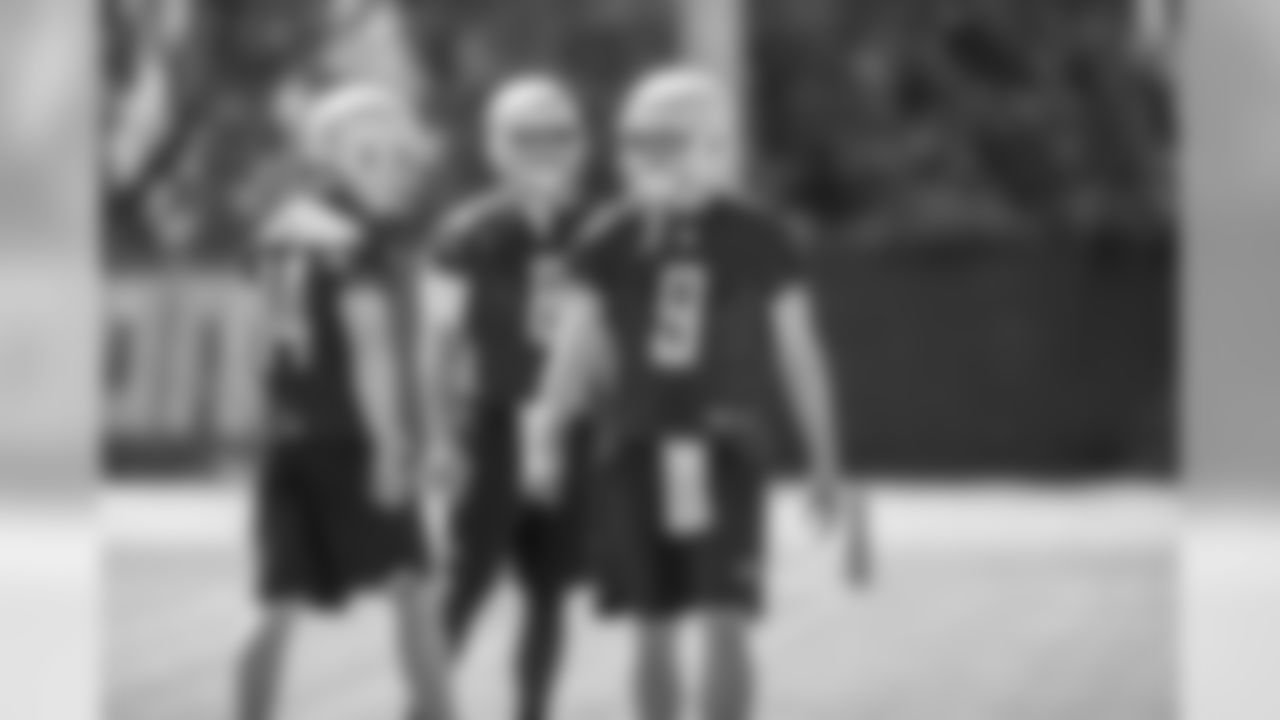
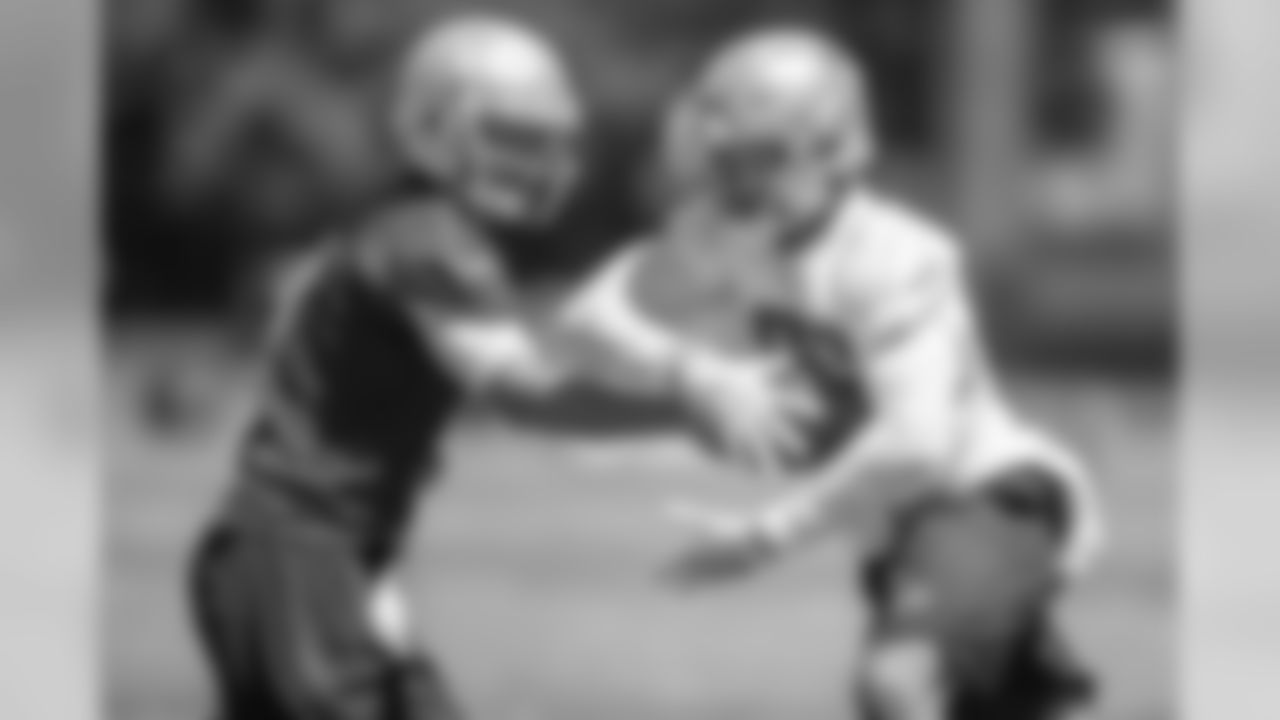
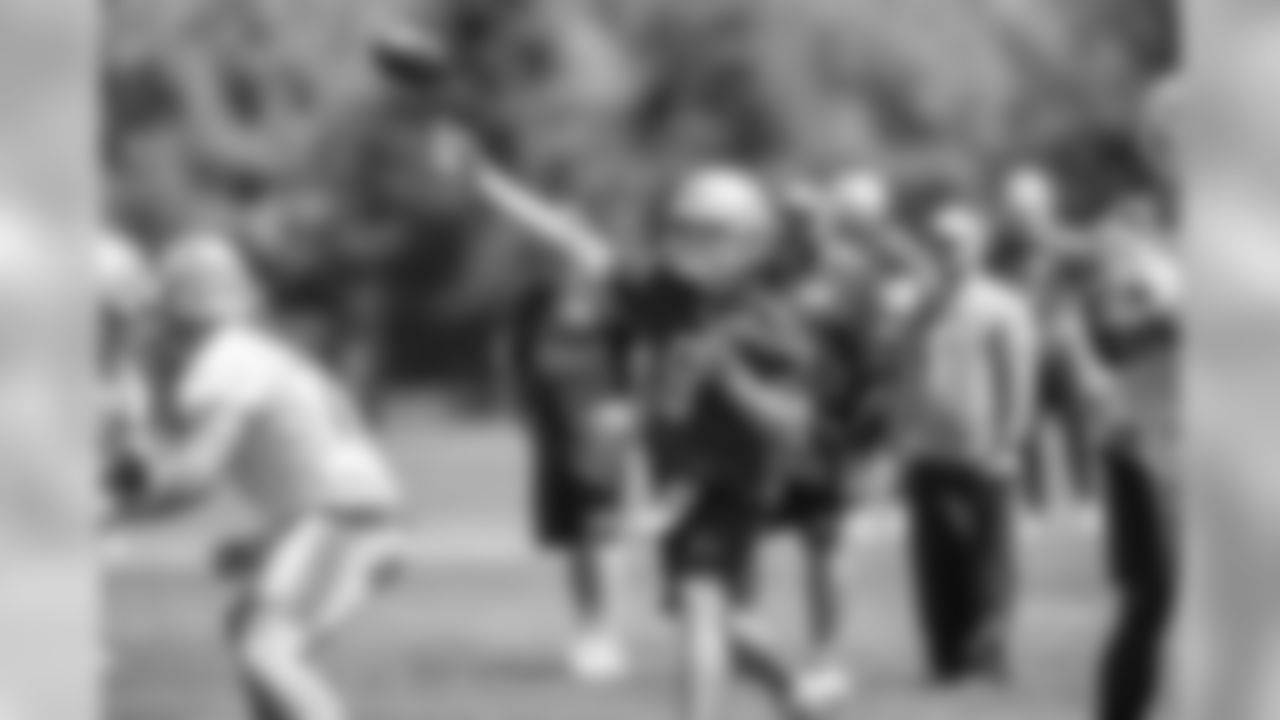
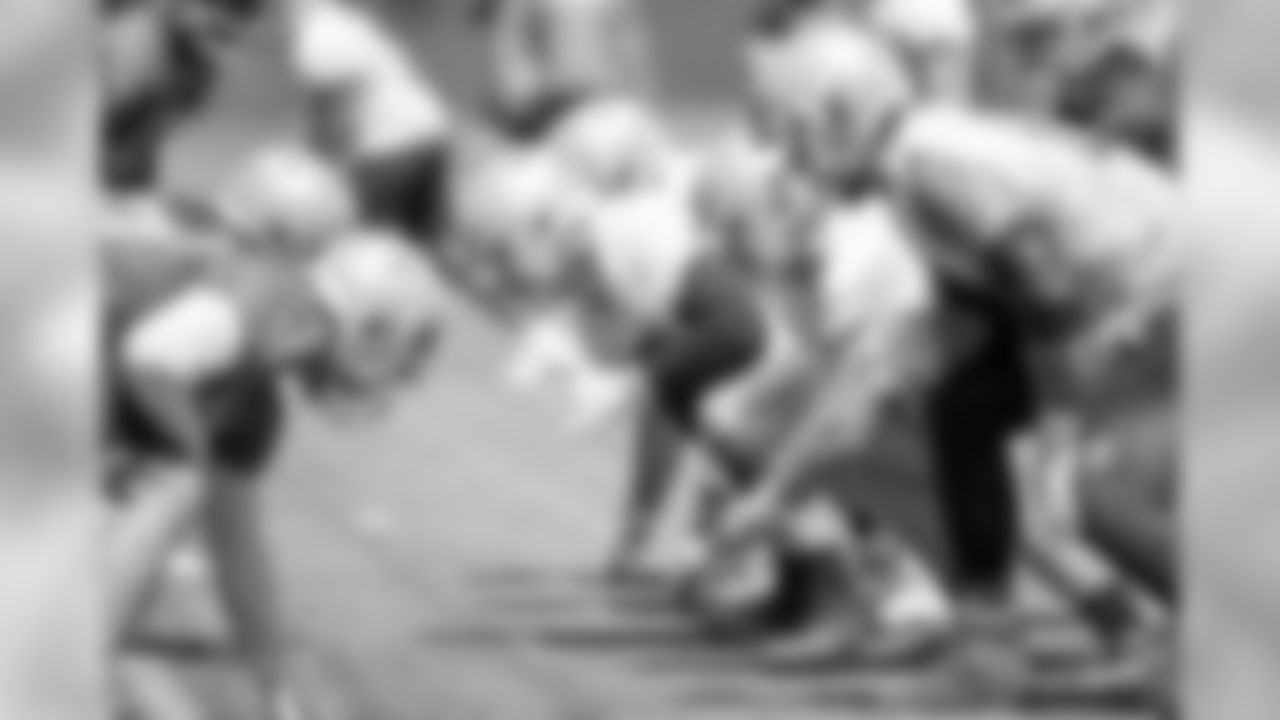
What we've learned from Kenny Golladay throughout the offseason is that he is a rapidly ascending young player who can change how the numbers are divvied up in the passing game to make up for personnel changes.
In the numbers game, the numbers favor Golladay to make up the difference in catches Eric Ebron might have made as a No. 1 tight end had he not signed with the Colts as a free agent.
Based on his performance the last two seasons, Ebron could be counted on for 50 to 60 catches, about 11 yards per catch and two to three touchdowns. Darren Fells, left as a free agent, contributed another 17 catches last season as the No. 2 tight end.
Golladay had 28 catches in 11 games as a rookie. Three were for touchdowns, and he averaged 17 yards per catch.
He is primed to add to those numbers in a big way in his second season, with a big-play threat that has been missing at tight end.
Stand up guys: Regardless of how the front seven lines up – 4-3, 3-4 or some variation of both – it looks like the defensive line's edge rushers will be standing up at least part of the time.
Ziggy Ansah, the Lions' best pass rusher, could benefit from not being in a stance with one or both hands on the ground. It also could free him up to drop in coverage, or pursue – which is one of his strengths.
QB II: There was no clear-cut leader to be the backup to starting quarterback Matthew Stafford, but it looked like an even competition had been set up between Matt Cassel and Jake Rudock.
One example: They rotated days running the No. 2 offense in minicamp.
Who would have edge?
Both would benefit from familiarity with the current management team. Cassel spent his first four seasons with the Patriots. Rudock was drafted in the sixth round in 2016 in Bob Quinn's first season as GM.
Cassel has played 109 games, with 81 starts, in his first 14 seasons. Rudock's only regular-season action was late in a road loss to the Ravens last year after Stafford went out with a hand injury. He completed three of five passes, with an interception that was returned for a touchdown.
Although Cassel turned 36 on May 17, that's not old for a backup quarterback – or even a productive starter. Five returning starters are older than Cassel – Tom Brady, Eli Manning, Drew Brees, Philip Rivers and Ben Roethlisberger. So is Carson Palmer, who retired after last season.
Comfort zone: There isn't one when it comes to personnel moves.
A roster move was made before Thursday's last OTA practice. In an exchange of tight ends, Sean McGrath was signed as a free agent, and Wes Saxton was waived. McGrath has played 49 games for three teams in four seasons, starting in 2012 with Seattle.
McGrath has 32 career catches, with a single-season high of 26 with the Chiefs in 2013.
It's one more example of how GM Bob Quinn churns the roster to improve depth.
Barry, Barry, Barry: Barry Sanders was known for his minimal participation in the offseason programs – it was minicamp, only – but also for keeping himself in shape.
He did it the old-fashioned way – by running.
Barry ran sideline-to-sideline gassers with the team after practice. If that wasn't enough, in training camp he stayed after practice and ran a series of 100-yard sprints – goal line to goal line – so he could go the distance without being caught from behind on his long runs.
Somehow (insert sarcasm), he survived all that running to be the greatest runner in NFL history.













